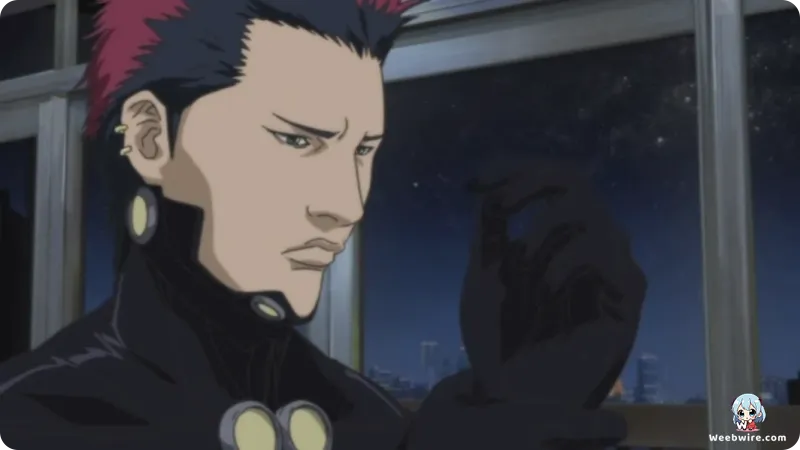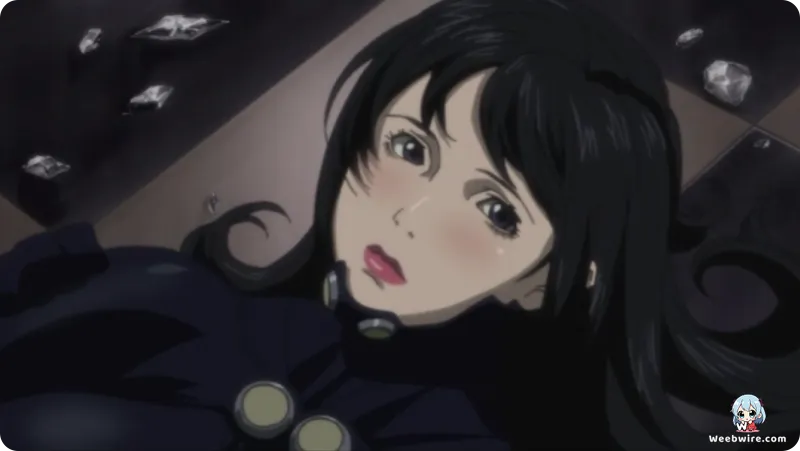Sci-Fi Milestone: Unpacking the CGI, Realism, and Divergent Ending of the Gantz Anime

The 2004 animated series Gantz, based on Hiroya Oku's influential science fiction horror manga, represents a pivotal, though often debated, moment in early 21st-century animation history. Produced by Studio GONZO, a company recognized for its integration of advanced technology, the adaptation plunged audiences into a terrifying post-mortem challenge governed by a mysterious black sphere. This series warrants examination not only for its brutal narrative but also for the compelling production details surrounding its visual methodology and its highly controversial conclusion.
The Notorious Original Ending
The most discussed element of the 2004 television run remains its notorious original ending. Since the source manga was still deep in serialization when the anime began production, the GONZO team quickly determined they would overtake Oku’s ongoing narrative. Consequently, the animators were required to devise a completely new, self-contained story arc for the final episodes. This narrative divergence resulted in several key characters, who later had complex trajectories in the manga, meeting definitive and often brutal ends in the anime. Furthermore, the ultimate enigma of the Gantz sphere and the origins of the alien missions were resolved in a truncated manner designed to fit the 26-episode constraint. While this approach fulfilled the immediate need for a conclusion, it generated significant frustration among dedicated manga readers who felt the tonal shift was too jarring.
Pioneering Visuals and Photorealism
Visually, Gantz broke new ground by attempting to translate creator Hiroya Oku’s unique aesthetic an almost obsessive pursuit of photorealism into motion. Oku famously pioneered the use of 3D modeling software like Poser and Maya to generate remarkably detailed backgrounds, complex weaponry, and realistic character postures before finalizing them in two dimensions. The GONZO adaptation mirrored this method, relying heavily on early 3D computer graphics (CGI) for the iconic Gantz suits, the devastating X-Guns, and various environmental sequences.

Although innovative for 2004, the visible contrast between the traditional 2D character movement and the somewhat rigid 3D elements became a defining, and occasionally polarizing, visual hallmark of the series, cementing its status as a technological milestone within the horror genre.
The Mechanics of the Gantz Suits
Fascinating production lore also surrounds the mechanics of the Gantz suits. Far from being invincible, the suits operate under stringent, often arbitrary, limitations designed to heighten narrative tension. A crucial detail often subtle in the anime’s fast pace is that the suits possess a finite power supply, offering only minutes of full activation before requiring a recharge. This ticking clock mechanism serves as a cruel dramatic device, frequently resulting in sudden, terminal failure when characters, such as Kei Kurono, miscalculate their remaining energy during combat.
Additionally, the specialized weaponry, such as the seemingly straightforward X-Gun, demands intense skill, requiring precise targeting and a delayed detonation sequence. Mastering these tools forces the survivors to rapidly transform from self-serving individuals into highly tactical hunters operating under immense psychological duress. This unflinching portrayal of human survival and existential dread ensures that Gantz, despite its dated visuals and narrative compromises, remains an enduring and influential benchmark for adult science fiction anime.
Credits
Gantz
Author
Hiroya Oku
Cover Art
Hiroya Oku
Studio
GONZO
Publisher
Shueisha
Producers





